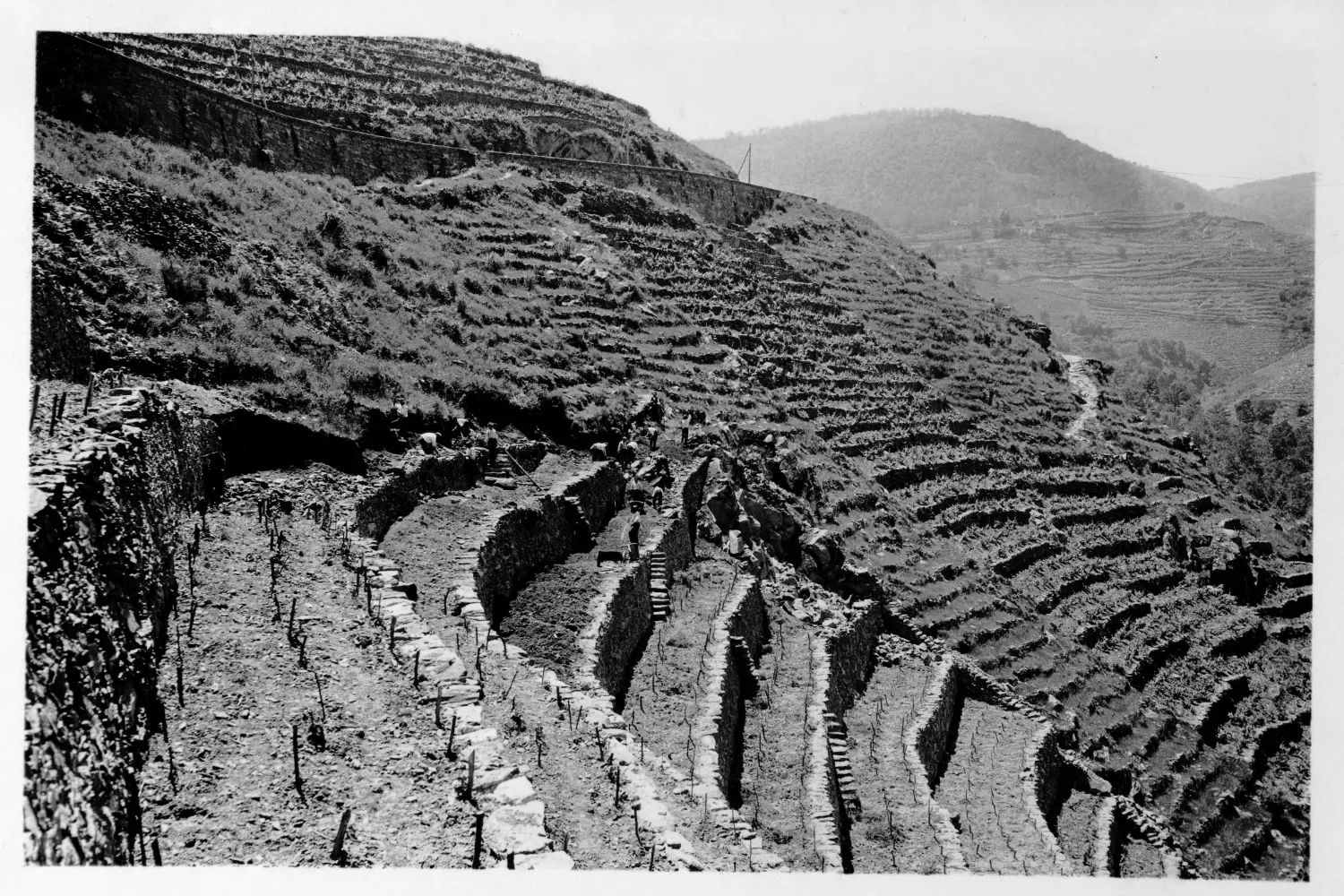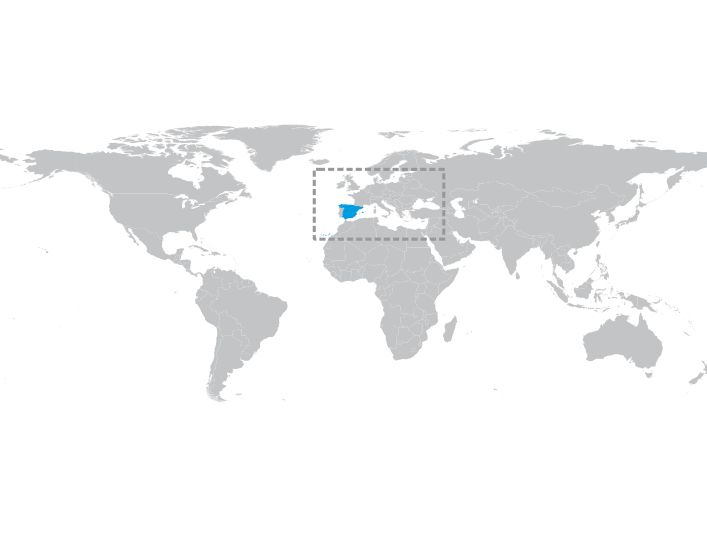
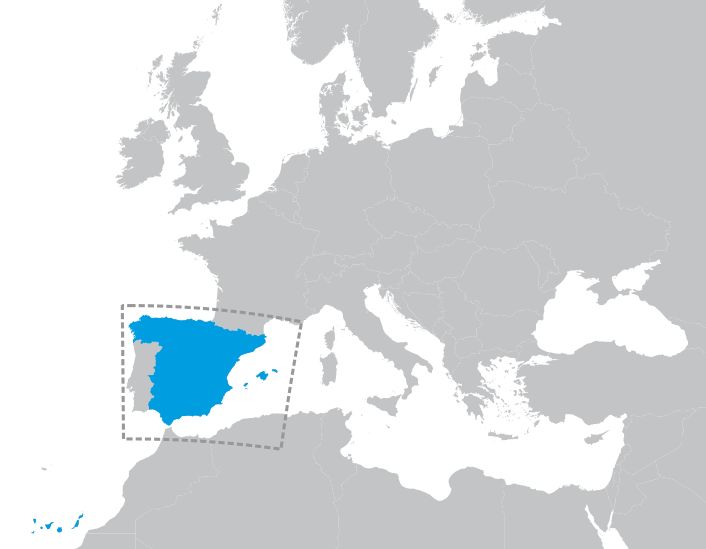
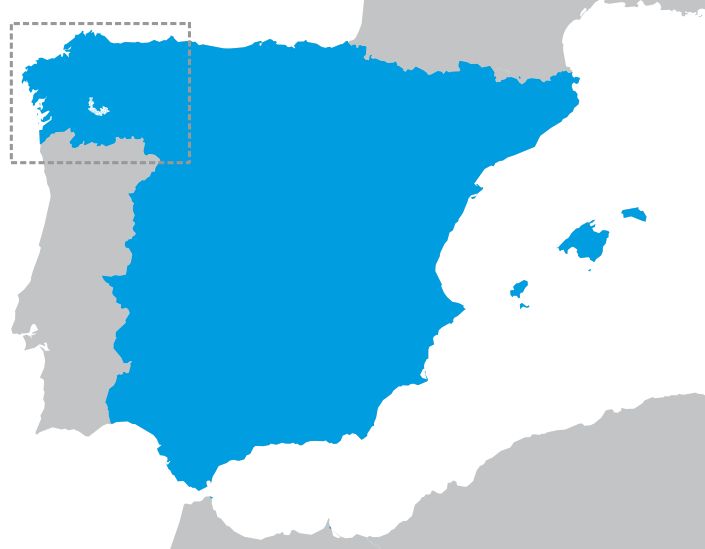
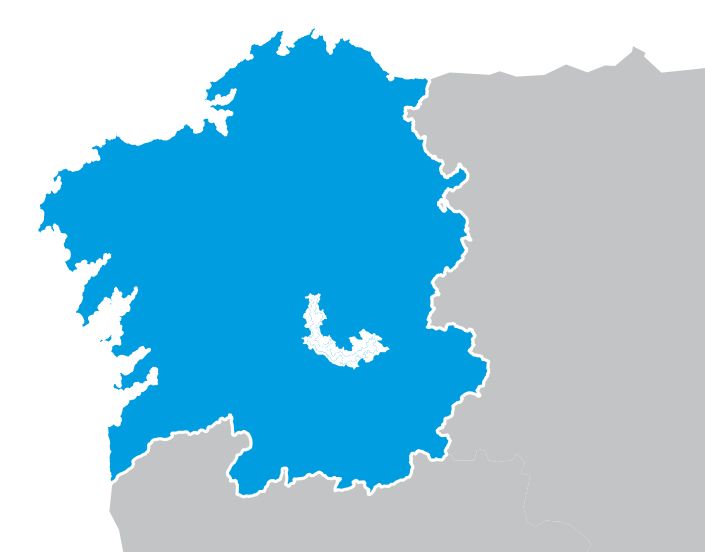




Runs along the upper edges of the valleys of the rivers Sil and Miño in the sections close to the junction of the two rivers. Its boundary is defined on the ground in what is locally known as bocarribeira, which is the place where the slope changes abruptly, going from values above 30% (ribeiras) to values below 10% (chairas)
To be an outstanding example of a traditional human settlement, land-use, or sea-use which is representative of a culture (or cultures), or human interaction with the environment especially when it has become vulnerable under the impact of irreversible change.
The nominated property shows an exceptional cultural waterscape embedded between the spectacular river canyons located at the confluence of the rivers Sil and Miño (Galicia, Spain), on the Atlantic coast of rainy Iberia, popularly known as Ribeira Sacra.
FONTES, the title of the international meeting held between 27 and 29 October 2024, refers to the more than 900 water springs that flow throughout the Ribeira Sacra territory and that contribute to shaping this extraordinary landscape, and also to the sources of knowledge, an essential factor when dealing with a heritage property.
